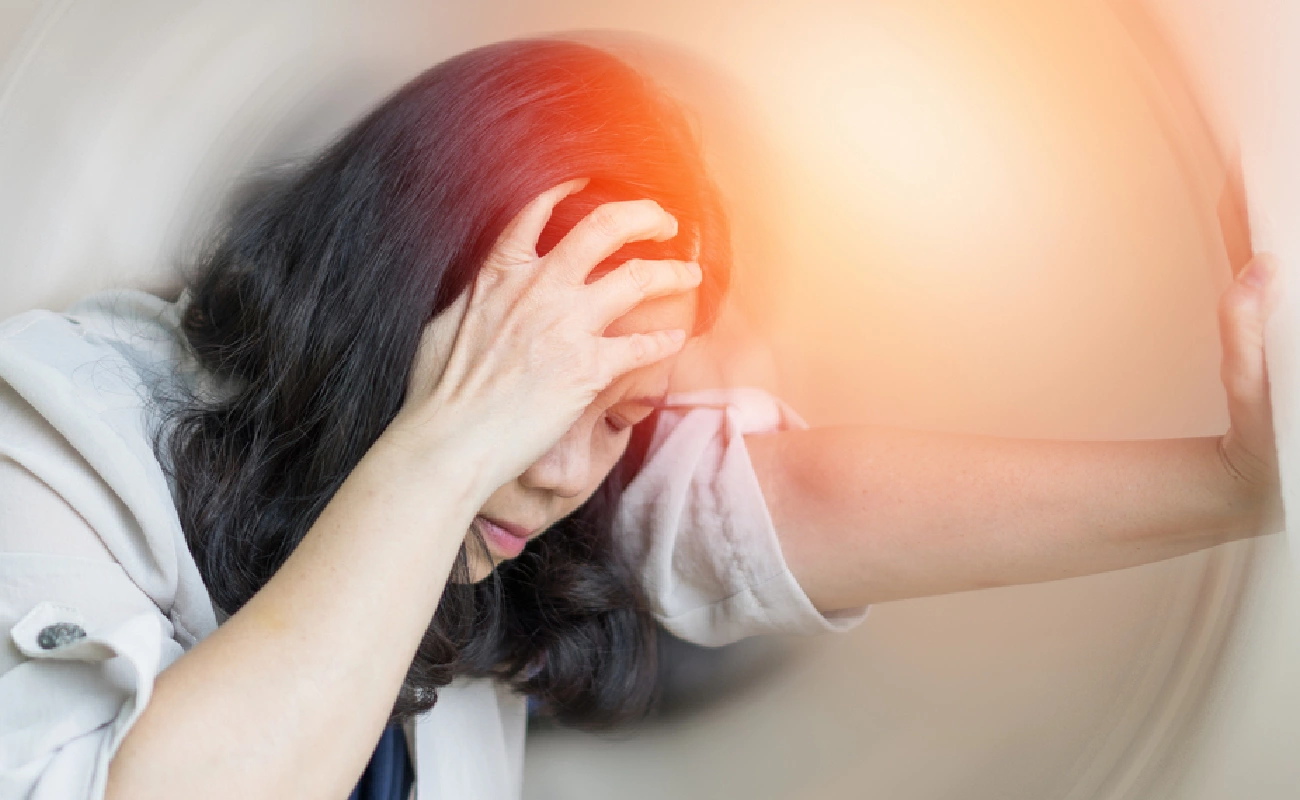
Physiotherapy for Vertigo and Balance
Vertigo, characterized by a spinning sensation and loss of balance, is not just a symptom; it’s a challenge that affects daily functioning. One of the leading causes of vertigo is a vestibular disturbance, a condition affecting the inner ear or associated nerve pathways. Physical therapy, particularly vestibular rehabilitation, has proven to be a vital tool in managing and treating vertigo and balance disorders.
Understanding Vertigo and Balance Disorders:
Before diving into the treatment, it’s crucial to understand the underlying mechanisms. The vestibular system, located within the inner ear, plays a central role in maintaining balance. It relays information to the brain about head position and movement. Any disturbance, whether due to injury, infection, or degenerative diseases, can lead to symptoms like vertigo, dizziness, and balance issues.
Vestibular Rehabilitation Therapy (VRT):
Vestibular Rehabilitation Therapy is a specialized form of physical therapy designed to alleviate both primary and secondary problems caused by vestibular disorders. The primary goal is to use the body’s natural ability to adapt, known as neuroplasticity, to address the root causes of vertigo and dizziness.
Components of Vestibular Rehabilitation:
- Habituation:
Objective: Treat symptoms of dizziness that result from visual stimuli or movements.
Method: Patients are exposed to the specific movement or visual stimulus causing dizziness in a controlled manner. Over time, the brain learns to ignore the abnormal signals it’s receiving from the inner ear.
- Gaze Stabilization:
Objective: Improve vision and the ability to focus on an object while the head is moving.
Method: Exercises focus on keeping the eyes fixed on an object while turning or nodding the head.
- Balance Training:
Objective: Improve steadiness to reduce fall risk.
Method: Exercises that challenge the patient’s ability to maintain balance, including dynamic movements, different terrains, and reduced visibility conditions.
Conducting a Vestibular Assessment:
The foundation of effective VRT is an accurate and comprehensive assessment. This includes:
- Detailed patient history.
- Evaluation of eye-head coordination.
- Assessment of static and dynamic balance under different conditions.
- Identifying other factors affecting balance, like muscle strength and joint mobility.
Treatment Protocols:
- Benign Paroxysmal Positional Vertigo (BPPV):
- Most common cause of vertigo.
- Caused by tiny calcium particles becoming lodged in the inner ear.
- Treated with maneuvers like Epley or Semont, which aim to reposition these particles.
- Labyrinthitis or Vestibular Neuritis:
- Caused by an inner ear infection.
- Treatment focuses on reducing inflammation and improving balance. Habituation exercises are commonly prescribed.
- Ménière’s Disease:
- Characterized by fluid buildup in the inner ear.
- Apart from dietary recommendations, balance exercises form a primary treatment method.
- Migraine-Associated Vertigo:
- Here, vertigo symptoms are due to migraines.
- Treatment includes stress-reduction, dietary modifications, and habituation exercises.
Incorporating a Holistic Approach:
While VRT is central, it’s essential to adopt a holistic approach. This involves:
Patient Education: Understanding the disorder helps in managing symptoms and sets realistic expectations.
Dietary Modifications: Reducing salt or caffeine intake, for instance, in cases like Ménière’s Disease.
Lifestyle Changes: Stress management, adequate sleep, and avoiding triggers.
Regular Monitoring: Regular assessments ensure the therapy is on track and adjustments can be made based on recovery progress.
The Role of Technology:
Modern physical therapy increasingly integrates technology for assessment and treatment.
- Virtual Reality (VR): VR can simulate real-world environments, providing a controlled setting for exposure therapy and balance training.
- Wearable Sensors: These provide real-time data on balance and movement, aiding in accurate assessments.
Outcomes and Future Directions:
Studies have shown significant improvements in patients undergoing VRT, especially when tailored to individual needs. Future directions in treating vertigo and balance disorders lie in the integration of technology, better understanding of vestibular pathologies, and developing patient-specific interventions.
In conclusion, Vertigo and balance disorders, often debilitating, can profoundly impact the quality of life. Physical therapy, particularly vestibular rehabilitation, emerges as a beacon of hope, addressing the root causes and fostering functional recovery. With a blend of traditional techniques, modern technology, and holistic care, individuals suffering from vertigo have a path to regaining balance and normalcy in their lives.




